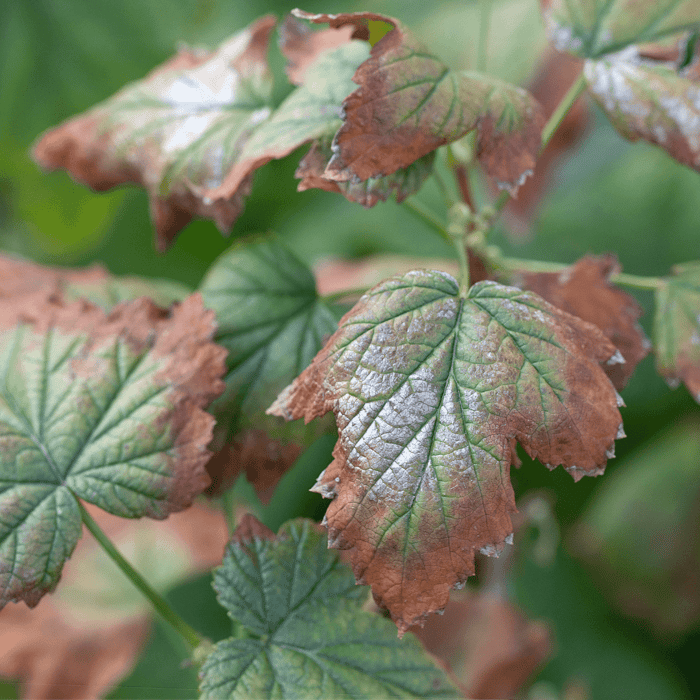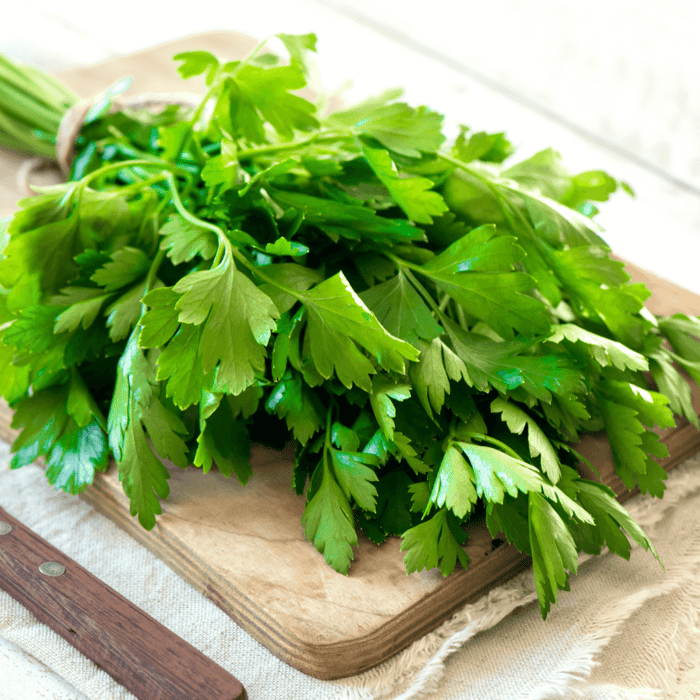Table of Contents
Artichokes are a delicious and nutritious vegetable that can be grown in your own backyard. While most people purchase artichoke plants or crowns to transplant into their garden, growing artichokes from seed is an equally rewarding and fun experience. Not only do you get to watch your plants grow from tiny seeds, but you also have the opportunity to harvest fresh, homegrown artichokes for your family's meals. So, just how do you grow artichokes from seed? In this article, I will walk you through how to start your own artichokes from seed.
One of the great things about growing artichokes from seed is the sense of accomplishment it brings. It requires knowledge and patience, but with proper care and attention, you can grow healthy and productive artichoke plants, yielding up to 20 or more edible buds per plant.
Another advantage of growing artichokes from seed is that you have more control over the quality of the plant. Starting with
high-quality seeds ensures strong growth and disease resistance.
You can also choose from various types, including classic green globe, purple haze, or even heirloom varieties. But before we discuss how to grow artichokes from seed, let's first understand what it takes to succeed in this endeavor.
Artichoke Plant Characteristics
- Native: Mediterranean region, specifically Southern Europe and North Africa
- Family: Asteraceae (daisy family)
- Genus: Cynara
- Common Name: Globe Artichoke
- History of the Seed: The Greeks and Romans cultivated the artichoke plant as early as the 8th century, and it spread throughout Europe and the Americas.
- Days till Maturity: Approximately 85 to 100 days after transplanting
- Planting Depth: 1/4 to 1/2 inch deep
- Plant Spacing: 3 to 4 feet apart in rows, with 4 to 6 feet between each row
- Days to Germination: 10 to 14 days
- Indoors or Direct Sown: Start seeds indoors in late winter or early spring and transplant them outdoors after the danger of frost has passed
- Full Sun or Partial Shade: Full Sun (6 to 8 hours of direct sunlight daily)
- When to Harvest: Harvest when buds are large and firm and before they start to open
- Plant Height: 3 to 4 feet tall
- Plant Width: 2 to 4 feet wide
The Right Seeds Make All The Difference
When growing any plant from seed, choosing high-quality seeds is essential for success. This is especially true when it comes to cultivating artichokes. Because these plants require a long growing season (upwards of 150 days), starting with top-notch seeds can make all the difference between success and failure. When learning how to grow artichokes from seeds, make sure you give yourself a good start with high quality seeds!
When choosing your artichoke seeds, several factors need consideration:
- Look for heirloom artichoke varieties since these tend to produce better-quality plants.
- Purchase fresh seeds (less than two years old).
- Select seeds based on their growth characteristics, size, and pest resistance.
- Choose seeds that are adapted to your region's climate conditions.
Generally speaking, artichoke seeds are available in two types: green and purple.
Green artichokes are the most common type, producing large buds with thick scales.
Purple artichokes have thinner scales but offer a sweeter flavor. Ultimately, choosing green and purple artichoke seeds is a personal preference, but choosing high-quality
varieties from reputable seed suppliers is essential.
Green Globe Artichoke Seeds
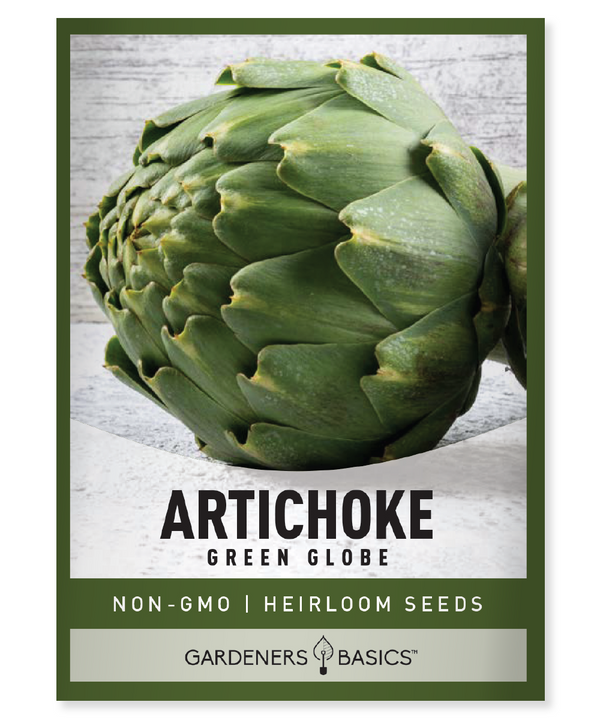
$2.49
Green Globe Artichoke Seeds - Heirloom, Non-GMO, Non-Hybrid, Open-Pollinated - Grow Lush, Nutritious Artichokes in Your Garden Plant your way to a bountiful harvest with Green Globe Artichoke seeds, a top choice for gardeners seeking an elegant, delicious, and nutrient-rich… read more
Preparing the Soil
The success of growing artichokes largely depends on creating optimal soil conditions for planting these seeds. Before planting your seeds, be sure to prepare the soil by following these steps:
- Choose a site that receives at least six hours of direct sunlight daily.
- Artichokes prefer well-draining soil with high nutrient content.
- Test your soil pH to ensure it falls within the 6.5-7 range.
- Amend the soil by adding compost or well-rotted manure several weeks before planting the seeds.
- Fertilize the soil with a balanced organic fertilizer (high in nitrogen).
- Remove any rocks or debris from the soil that could obstruct root development. These steps will create an ideal environment for your artichoke seeds to germinate and grow into healthy plants.
Planting Artichoke Seeds
Once you've selected your quality seed and prepared your garden space, it's time to plant your artichoke seeds! Unlike many other garden vegetables, artichokes should not be started indoors, as they don't transplant well. Instead, sow them directly into their final location outdoors.
Here's how to plant artichoke seeds:
- Plant one seed per inch at a depth of ½ inch in rows 18-24 inches apart.
- Water immediately after planting until the soil is moist but not waterlogged.
- Keep the soil consistently moist throughout the germination process.
- Germination will occur in 10-14 days, depending on your weather, and will take up to 2-4 weeks until you see sprouts.
Although many people recommend starting directly outdoors, I have begun many artichoke seeds inside and transplanted them with no problem. Do what feels best for you and your situation. I like to keep them on a heat mat when I start indoors.
Remember to label your rows or pots with the seed name and planting date so you can keep track of their progress.
Caring for Artichoke Seedlings
Once your artichoke seeds have germinated, it's time to care for them properly. Here are a few tips on how to ensure healthy growth:
- Water your plants regularly (2-3 times per week) and ensure they receive at least one inch of water weekly.
- Provide ample sunlight exposure by planting them in an open area with full sun exposure.
- Keep soil fertile by adding compost or organic matter every few weeks during the growing season.
- Remove any weeds that may compete with your artichokes for nutrients and moisture.
- To protect each plant from pests such as aphids or snails, use natural deterrents, such as neem oil or crushed eggshells.
You can expect healthy growth by diligently caring for your artichoke plants. The more we care for our plant babies, the better off they are. Talk to them and watch them. If you look at your plants often, you can see if they lack water, get
attacked by pests, or get sun damage. That way, you can take immediate action if a problem arises.
The Art of Choosing the Right Seeds
Artichokes are a popular and delicious vegetable known for their mild flavor and many health benefits. However, not all artichoke seeds are created equal.
When growing artichokes from seed, choosing high-quality seeds that will produce healthy, vigorous plants is important. This section will discuss the different types of artichoke seeds available in the market and explain how to choose the best ones for optimal growth.
Different Types of Artichoke Seeds
There are two main types of artichoke seeds: open-pollinated and hybrid. Open-pollinated seeds are produced by natural pollination between two compatible artichoke plants.
Heirloom seeds tend to be more genetically diverse than hybrid seeds and can have a wider range of characteristics like size or coloration. Hybrid seeds are produced by crossing two different varieties of artichokes with specific traits in mind. While hybrid seeds definitely have a place for some people, we love growing
heirloom seeds as they are the true plant, and the seeds can be harvested over and over for years to come.
How to Choose High-Quality Seeds
Choosing high-quality artichoke seeds is crucial for optimal growth and success in your garden. Here are some tips:
- Check out our online heirloom seed store. We go through seed fast, so all our seeds are fresh and guaranteed to germinate!
- Choose varieties suitable for your climate: Some types do better in specific climates than others, so check with local gardening resources or talk to other gardeners in your area.
- Consider preferred characteristics: Before choosing your seeds, determine the maturity rate, size of the plant and its fruit, and desired flavor profile. Selecting high-quality artichoke seeds is the first step toward a successful harvest.
Look for reputable seed companies that produce
quality vegetable seeds. Check for disease resistance and germination rates. Choose varieties suitable for your climate and consider preferred characteristics. By taking these steps, you have maximized your chances of having a healthy yield of artichokes throughout the growing season.
Seed Safe Survival Seed Kit - 35 Variety Pack
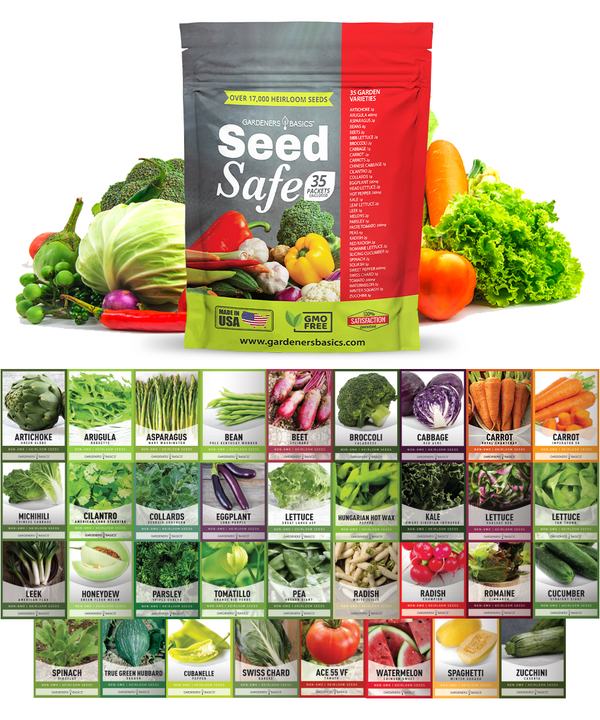
$29.95
$49.95
Seed Safe Survival Seed Kit: The Ultimate Heirloom Collection for Self-Sufficient Gardening Introducing the Seed Safe - 35 Varieties of Heirloom Vegetable, Herb, and Fruit Seeds, the ultimate solution for gardeners who want to secure a bountiful future harvest. This… read more
The Ideal Soil Conditions for Growing Artichokes from Seed
Artichokes are hardy plants that can thrive in a range of soil types. However, providing the ideal soil conditions for your artichoke seedlings is essential to ensure optimal growth and a plentiful harvest. The ideal soil pH range for growing artichokes is between 6.5 and 7.5.
Soil pH levels outside this range can lead to nutrient deficiencies and poor growth. You can purchase an inexpensive home testing kit from your local garden center to determine your soil's pH level.
Artichoke plants prefer well-draining soils that are rich in organic matter. Sandy loam soils are ideal, but you can also amend heavy clay soils by adding organic matter such as compost or aged manure.
Preparing the Soil by Adding Compost and Fertilizers
Preparing the soil properly by adding compost and fertilizers is essential before planting your artichoke seeds. One option is to add well-rotted compost or aged manure to the soil before planting your seeds. This will help improve the overall texture of the soil while providing essential nutrients that will help support healthy plant growth.
Another option is to use commercial fertilizers that are specifically formulated for artichokes. These fertilizers typically contain high amounts of nitrogen (N) and potassium (K), essential nutrients for healthy plant growth.
When applying fertilizers, follow the manufacturer's guidelines carefully, as over-fertilization can lead to burned roots and nutrient imbalances. It's essential not to use too much fertilizer when preparing your soil as this can lead to nutrient imbalances or even burn young seedlings' delicate roots before they have had time to establish themselves properly in the ground.
When
preparing your garden bed or container where you plan to plant your artichoke seeds, work the soil thoroughly, breaking up any clumps and removing any rocks or debris that may impede root growth. By providing the ideal soil conditions and adding compost and fertilizers before planting your artichoke seeds, you can ensure a healthy start for your seedlings and a bountiful harvest of delicious artichokes.
Planting Artichoke Seeds
The Best Time to Plant Artichoke Seeds
Artichokes are best grown from seeds in areas with mild winters and cool summers.
In warmer regions, sow the seeds in fall or early winter, while in areas with frosty winters, you can plant them indoors in early spring. Ensure the soil temperature is at least 50°F (10°C) before sowing your artichoke seeds.
How to Plant Artichoke Seeds
It is important to choose a good spot for your artichokes with plenty of sunlight and well-draining soil. Before planting, loosen the soil with a garden fork or tiller and mix in some compost or aged manure. If you're planting rows of artichokes, space them 3-4 feet apart, with about 4-6 inches between each seed.
If you prefer to grow your artichokes individually, use biodegradable peat pots filled with potting mix. Place one seed per pot and water it gently.
Once you've sown the seeds, cover them lightly with soil and water them thoroughly but gently. It's important not to overwater your artichokes, as this can cause root rot.
Tips for Successful Germination
Artichoke seeds typically germinate under optimal conditions for about 7-14 days. To improve germination rates, soak the seeds overnight before planting them. This will soften their tough outer shell and allow water to penetrate more easily.
Another tip is to cover your newly planted artichoke bed with mulch made from grass clippings or straw. This will help retain moisture and keep weeds under control until your plants are established.
Ensure you use high-quality seeds appropriately stored in a cool, dry location. Old seeds or seeds exposed to high temperatures or moisture may have reduced germination rates.
Caring for Artichoke Seedlings
The Importance of Proper Care
Caring for artichoke seedlings ensures healthy growth and a bountiful harvest. Neglecting important growth factors, such as watering, sunlight exposure, and temperature, can lead to stunted or dead plants. This section will discuss caring for artichoke seedlings by providing them with adequate water, light, and nutrients.
Watering Artichoke Seedlings
Artichokes are native to the Mediterranean region and prefer moderate moisture levels. Overwatering can lead to root rot, and under-watering can stunt growth. Monitoring the soil moisture level and water when it's dry about 1 inch deep is essential.
Avoid watering the leaves, as this could lead to fungal diseases. Water in the morning so that any excess moisture has time to evaporate before evening when temperatures drop.
Sunlight Exposure
Artichokes require full sun exposure for optimal growth and development of their edible flower buds. Ensure they are planted in an area where they receive at least six hours of direct sunlight daily. If you're growing artichokes indoors or in a greenhouse, you may need to supplement with grow lights during periods of low natural light.
Temperature Requirements
Artichokes prefer cool temperatures ranging from 60-70°F (15-21°C) during the day and 50-60°F (10-15°C) at night. Temperatures above 80°F (27°C) can cause flowers to abort or become bitter, while temperatures below 50°F (10°C) can stunt growth or cause leaves to wilt.
Nutrient Requirements
Artichokes benefit from regular fertilization throughout their growth cycle. Use a high-nitrogen fertilizer every 4-6 weeks during the growing season to encourage leafy growth and promote flower bud development.
Avoid over-fertilizing, which can lead to excessive leaf growth with fewer flower buds. Additionally, adding compost or organic matter to the soil helps improve soil structure and provides additional nutrients.
Caring for artichoke seedlings involves providing adequate water, light, and nutrients while maintaining ideal temperature requirements. With proper care, your artichoke seedlings will thrive and reward you with delicious edible flower buds.
Transplanting Artichokes
If you've decided to start your artichokes indoors, they will eventually be transplanted outdoors. Once your artichoke seedlings are large enough, it's time to transplant them into their permanent location. This usually happens around 8-10 weeks after planting the seeds. However, the timing may vary depending on your location and climate.
The Right Time for Transplanting Artichokes
Before transplanting your artichokes, ensure they are at least 6 inches tall and have a few sets of true leaves. The seedlings should also be hardened off before transplanting to adjust to the outdoor environment.
The best time to transplant artichokes is early spring or fall, when temperatures are more relaxed and the plants are less stressed. If you live in a warmer climate, you may need to transplant them in late winter or early summer.
How to Transplant Artichoke Seedlings
When it's time to transplant your artichoke seedlings, it's essential to do it carefully so you don't damage their roots.
Here's how to transplant artichokes:
- Choose a sunny spot in your garden with well-draining soil.
- Dig a hole twice as wide as the root ball of your seedling.
- Carefully remove the seedling from its container by gently squeezing the sides of the pot.
- Loosen up any tangled roots before placing them into the hole.
- Backfill with soil and gently press down around the base of each plant. 6. Water thoroughly after planting.
Caring for Newly Transplanted Artichokes
After transplanting your artichokes, they will need some extra care to help them settle into their new home:
Watering and Fertilizing
Artichokes require regular watering to keep the soil moist but not waterlogged. Depending on your climate, you'll want to water them every two to three days or as often as once a week.
Be sure not to overwater your plants, or the roots may rot. Fertilizing is also essential for artichokes, and you should do so at least twice a month with an all-purpose fertilizer.
Pruning
Artichoke plants can get quite large and bushy if left unpruned. To keep your plants compact and produce larger buds, prune away any side shoots that appear on the main stem. You should also remove any dead or yellowing leaves as they appear.
Pest Control
Artichokes are susceptible to pests such as
aphids, cutworms, slugs, and snails. One way to prevent infestations is by keeping the garden free of debris and weeds that can harbor pests. Natural pest control methods such as ladybugs or neem oil sprays can also be used.
Cold Protection
While artichokes are hardy plants that can withstand some frost, severe cold weather can damage them. Protect your plants during winter by covering them with blankets or tarps when temperatures drop below freezing.
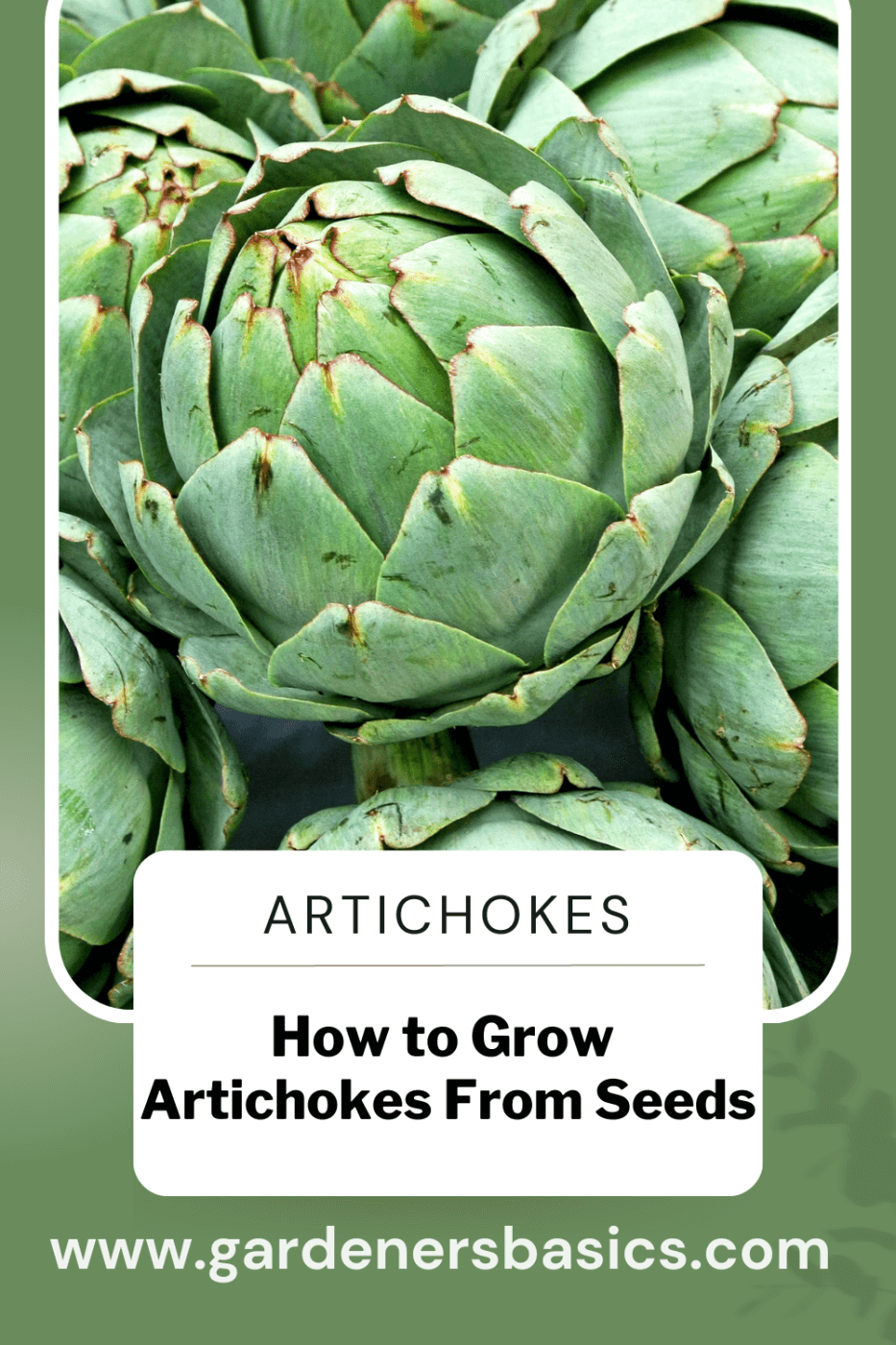 FAQ: How Do You Grow Artichokes from Seed
FAQ: How Do You Grow Artichokes from Seed
Q1: When is the best time to start growing artichokes from seed?
A: The best time to start growing artichokes from seed is in late winter or early spring. This allows the plants enough time to mature before the weather becomes too hot, which can negatively affect their growth.
Q2: How long does it take for artichoke seeds to germinate?
A: Artichoke seeds typically take 10 to 14 days to germinate, but this can vary depending on the specific seed variety, temperature, and moisture levels.
Q3: What type of soil is best for growing artichokes?
A: Artichokes prefer well-draining soil with a pH between 6.5 and 7.5. They grow best in loamy or sandy soils rich in organic matter.
Q4: How much sunlight do artichokes need?
A: Artichokes thrive in full sunlight and need at least 6 to 8 hours of direct sun exposure daily for optimal growth.
Q5: How often should I water my artichoke plants?
A: Water your artichoke plants regularly, keeping the soil consistently moist but not waterlogged. This generally means watering the plants every 3 to 5 days, depending on the climate and soil type.
Q6: When should I transplant my artichoke seedlings outdoors?
A: You should transplant your artichoke seedlings outdoors when they have at least 3 to 4 sets of true leaves and after the danger of frost has passed. Make sure to harden off the seedlings before transplanting to help them acclimate to the outdoor environment.
Q7: How far apart should I plant artichoke seedlings?
A: Space artichoke seedlings about 3 to 4 feet apart in rows, with 4 to 6 feet between each row. This ensures that each plant has enough room to grow without competing for nutrients and sunlight.
Q8: When can I expect to harvest artichokes from my plants?
A: Artichokes generally take about 85 to 100 days to mature after transplanting, but this can vary depending on the variety and growing conditions. Harvest the buds when they are large and firm but before they open.
Q9: Can I grow artichokes in containers?
A: Artichokes can be grown in containers, provided they have enough room for their roots to grow. Choose a large container (at least 5 gallons) with good drainage, and ensure the plants receive adequate sunlight, water, and nutrients.
Q10: Are there any pests or diseases I should know when growing artichokes?
A: Artichokes can be susceptible to pests like aphids, slugs, and snails, as well as diseases such as powdery mildew, verticillium wilt, and botrytis blight. Monitor your plants closely and use appropriate organic or chemical controls if necessary. Rotate your crops and practice good garden sanitation to minimize disease risk.
Conclusion - How Do You Grow Artichokes From Seed
Growing artichokes from seed is a rewarding experience that requires patience and attention to detail.
By selecting high-quality seeds, preparing optimal soil conditions, planting carefully, providing adequate care for seedlings, transplanting properly without damaging their roots in a permanent location, pruning regularly, and protecting against pests and cold weather damage, you'll be able to grow healthy artichoke plants that produce delicious buds year after year! With proper care and attention throughout the growing season, you'll be rewarded with delicious and nutritious artichokes that can be used in various recipes.


 FAQ: How Do You Grow Artichokes from Seed
FAQ: How Do You Grow Artichokes from Seed





